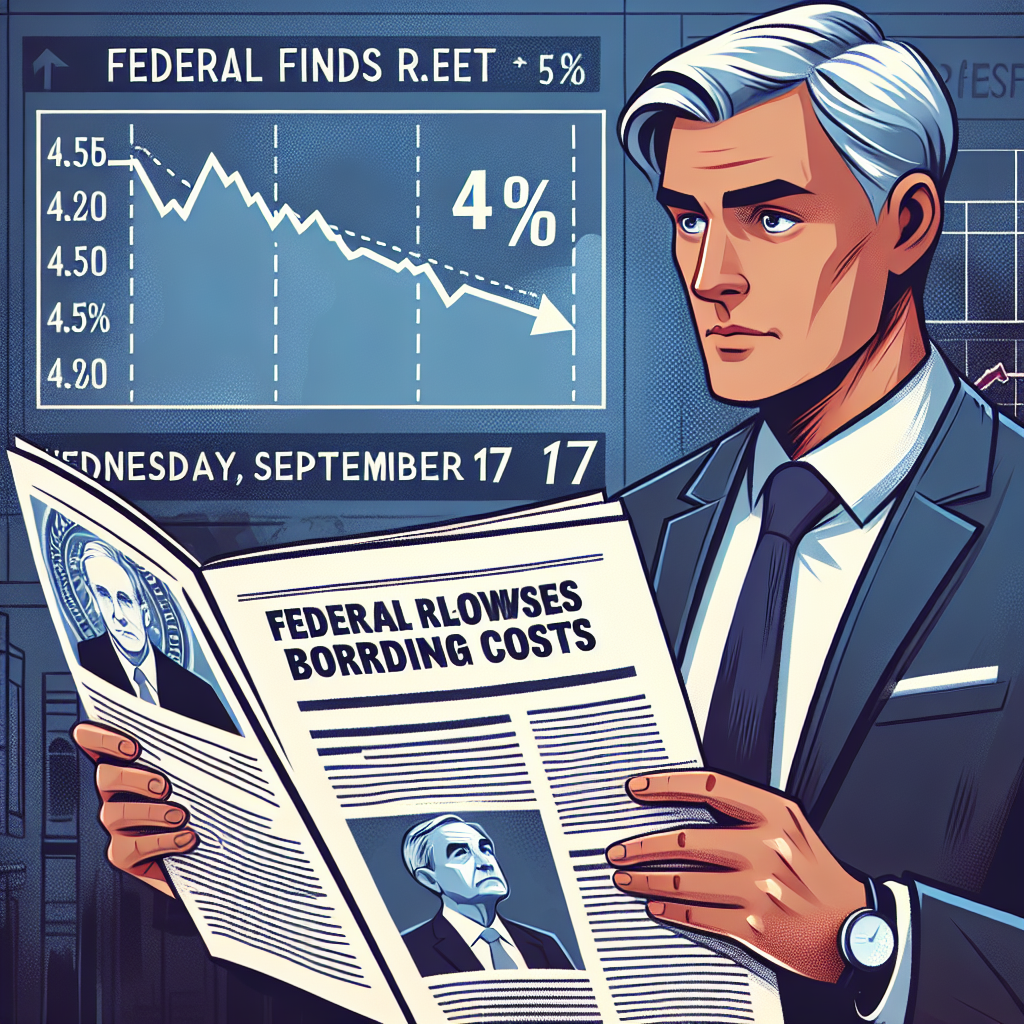On Wednesday, September 17, the Federal Reserve (Fed) announced a rate cut, lowering the federal funds rate by 25 basis points to a range of 4% to 4.25%. This marks the first time since 2025 that the Fed has reduced borrowing costs.
For over two years, the Fed has maintained high borrowing costs to curb inflation.
Despite the high borrowing costs, the U.S. saw a 2.9% year-on-year increase in inflation in August, exceeding the Fed’s 2% target. However, with the labor market struggling in recent months, the Fed had to shift its focus to the weakening labor market as maintaining price stability and supporting the labor market are both part of the Fed’s mandate.
President Trump has been publicly pressuring the Fed to lower rates. On September 15, he wrote on the social media platform Truth Social, “It is too late, it must be lowered now, and by more than he (Powell) expected. Housing prices will soar!!!”
While the 25 basis points rate cut may seem modest, it will have a significant impact on various common debts. According to estimates from Bankrate, here are some effects of the rate cut:
Credit card rates are variable and directly linked to the Fed’s benchmark rate, meaning users with debt will feel the change within one or two billing cycles. The average rate is expected to drop by about 0.25%, from the current 20.12%. For example, for a $5,000 debt, monthly interest payments will decrease by a few dollars.
Although auto loan rates do not fully synchronize with the Fed’s rate changes, they tend to decrease slightly when borrowing costs lower. For instance, for a new car purchase of $35,000 with a five-year loan at an average rate of 7.19% on Wednesday, monthly repayments would decrease by about $4.
Home Equity Line of Credit (HELOC) allows homeowners to borrow against the equity of their home through a revolving line of credit, typically with a draw period of 10 years and a repayment period of 10 to 20 years. The interest rates are variable, tied to the prime rate, which fluctuates along with the Fed’s benchmark rate. Therefore, borrowers will see borrowing costs go down shortly after the rate cut.
Based on Bankrate’s calculations using the average rate of 8.5% on September 1, monthly repayment amounts for a $50,000 loan during the draw period would decrease by about $10.
Unlike 30-year fixed-rate mortgages, adjustable-rate mortgages (ARMs) have an initial fixed-rate period (usually 5, 7, or 10 years) before adjusting regularly based on market benchmarks.
For a $250,000 5-year ARM with the current rate of 6.56%, the 25 basis point rate cut by the Fed would reduce monthly repayments by around $40, provided that the loan resets with the new rate. As lending institutions adjust pricing, new ARMs may reflect the Fed’s rate cut within a few days.
The Fed may further cut rates in the future. Due to the struggling job market and new tariffs adding uncertainty to the economy, according to the Chicago Mercantile Exchange’s CME FedWatch, the futures market expects the Fed to cut rates twice more by the end of the year, totaling 75 basis points.
Rate cuts will further boost savings. However, if inflation rises again, further rate cuts may become less likely.
Powell stated during a press conference on July 1 that rate cuts would “depend on the data.” In a speech on August 22, he warned that “tariffs causing upward pressure on prices could stimulate more persistent inflation.”

